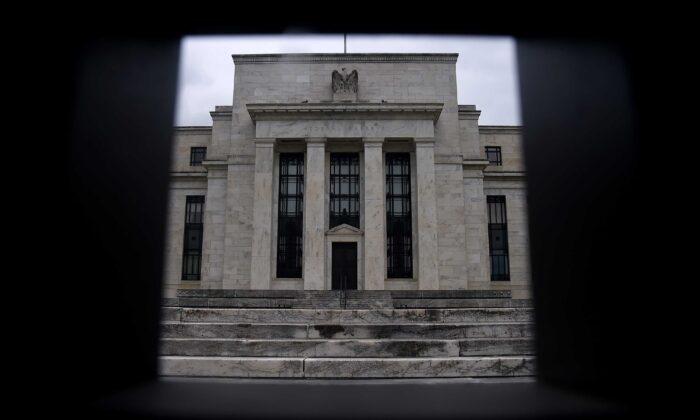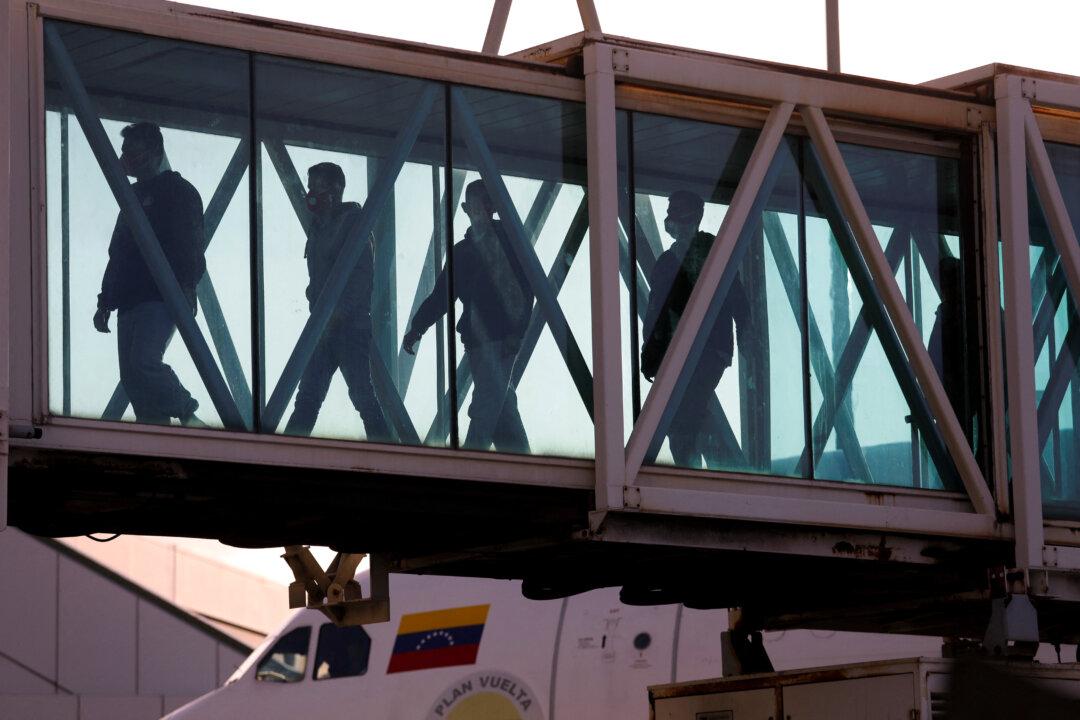The Federal Reserve on Tuesday announced an extension of its lending facilities that were originally scheduled to expire on or around Sept. 30, in a sign that the impact of the COVID-19 crisis continues to cloud the economic outlook.
The Fed said the aim of the extension is to “facilitate planning by potential facility participants and provide certainty that the facilities will continue to be available to help the economy recover from the COVID-19 pandemic.”
The lending facilities have provided a key backstop to the pandemic-ravaged economy, stabilizing markets and ensuring that the flow of credit to households, businesses, as well as state and local governments does not dry up. Fed officials said earlier that the central bank stood ready to deploy all tools at its disposal to buoy America’s troubled economy, including by keeping the facilities operational as long as needed.
Some economists suggest the timing of the announcement suggests Fed economists are poised to express some gloom in a statement on the economic outlook that will come after Wednesday’s culmination of a two-day Fed policy meeting on interest rates. The Fed’s benchmark short-term interest rate is currently set near zero.
Known as “forward guidance,” this kind of statement about the Fed’s expectation for future interest rate levels helps provide households and businesses with greater certainty about the cost of borrowing. If such guidance indicates that officials expect to keep interest rates low for longer going forward, it may encourage both companies and consumers to borrow and spend, providing stimulus to the economy.
With Fed policymakers sounding a largely downbeat note on the economy in recent speeches and appearances, some Fed watchers cited by The Associated Press expect no rate increase until 2024 at the earliest.
“The recent resurgence in COVID cases is a sober reminder that the pandemic remains the key driver of the economy’s course,” she said in a speech. “A thick fog of uncertainty still surrounds us, and downside risks predominate.”
Consumer confidence also dropped more sharply than forecast on Tuesday, with the Conference Board’s index dropping to 92.6 from 98.3, reinforcing the view that economic recovery is slowing.





